Are you planning a holiday and want to know how to save gas on a road trip? This is no easy question to answer, as several factors influence how much gas your car uses.
We’ve done many road trips from Ontario and have discovered the best ways to save gas when driving. With these 10 fuel-saving techniques, you’ll save money like never before.
So, it’s time we get stuck into our gas travel tips that will save you some extra bucks.
How You Can Use Gas Buddy to Plan a Trip and Save
Before jumping into the tips, we highly recommend using Gas Buddy to determine the expected cost of your road trip. It’s fairly easy to use. You simply add your start location, destination, whether it’s a one-way or round trip, and your car details, and the app does the rest.
The app also shows you the projected route and what you can expect to save. Gas Buddy also offers recommendations on how to plan gas stops on a road trip and which fuel stations are more expensive than others.

How to Save on Gas When Traveling | 10 Top Tips
Now, it’s time to look at how to save money on a road trip with these fuel-savvy techniques. These five tips are car-specific, and some may require a mechanic.
1. Keep Track of Your Tire Pressure
This may seem obvious, but keeping your tire pressure in check is a great way to save on fuel. The correct tire pressure can sometimes improve your gas mileage by 0.6% and 3%. This can save $0.07 per liter ($0.02 per gallon), which doesn’t sound like a lot, but it all adds up in the long haul.
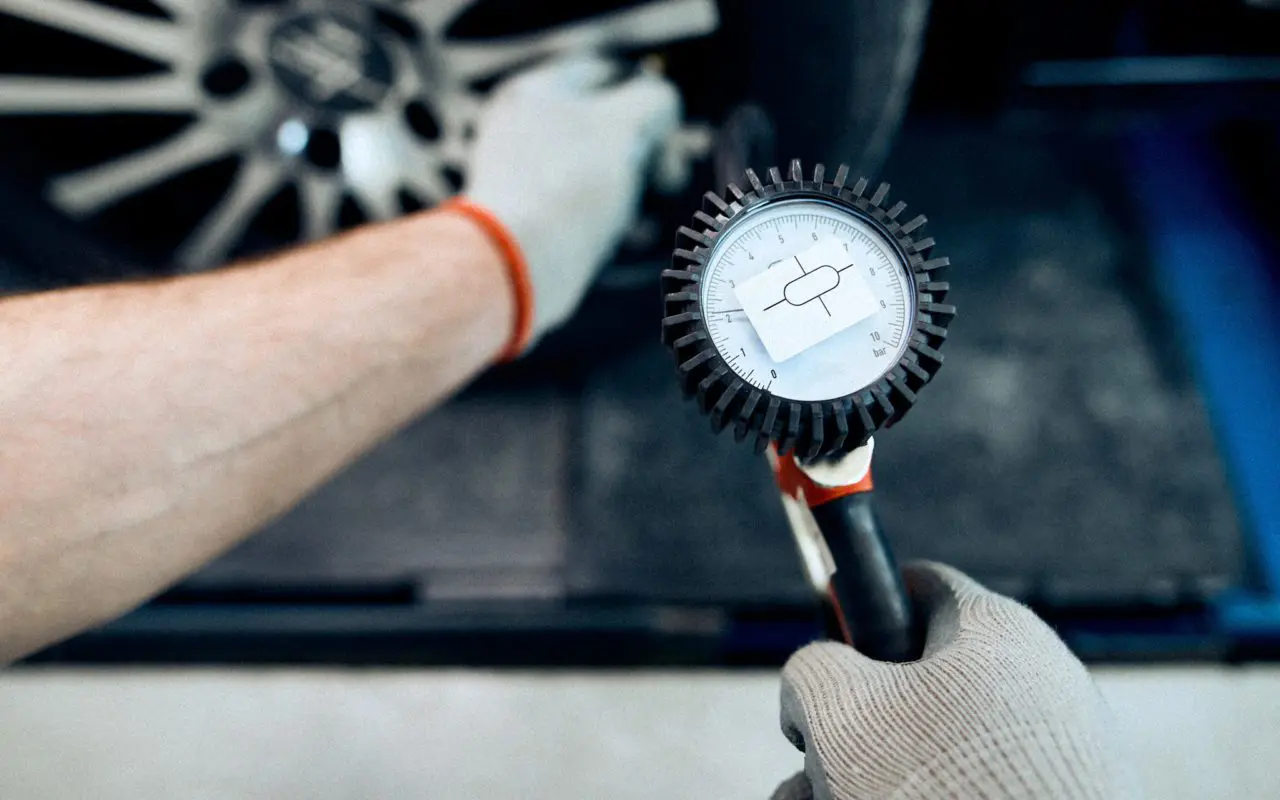
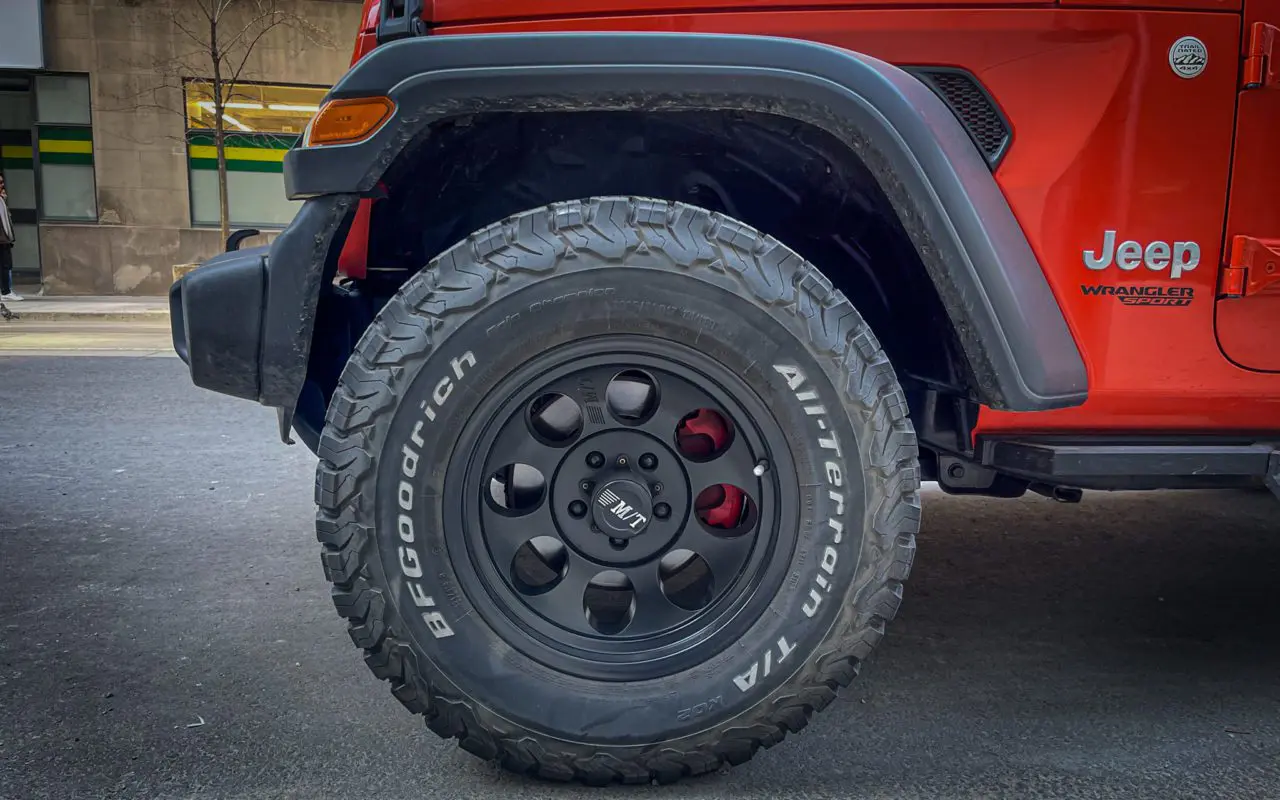
2. Address Engine Issues Before Leaving
Regularly servicing your car seems like a no-brainer, right? Well, even the smallest malfunction indicator on your car dashboard can greatly impact your fuel consumption, and many people leave it as the car still runs smoothly.
It’s better to be safe rather than sorry and have the car inspected by your mechanic, as any engine-related issue can affect your car’s performance.
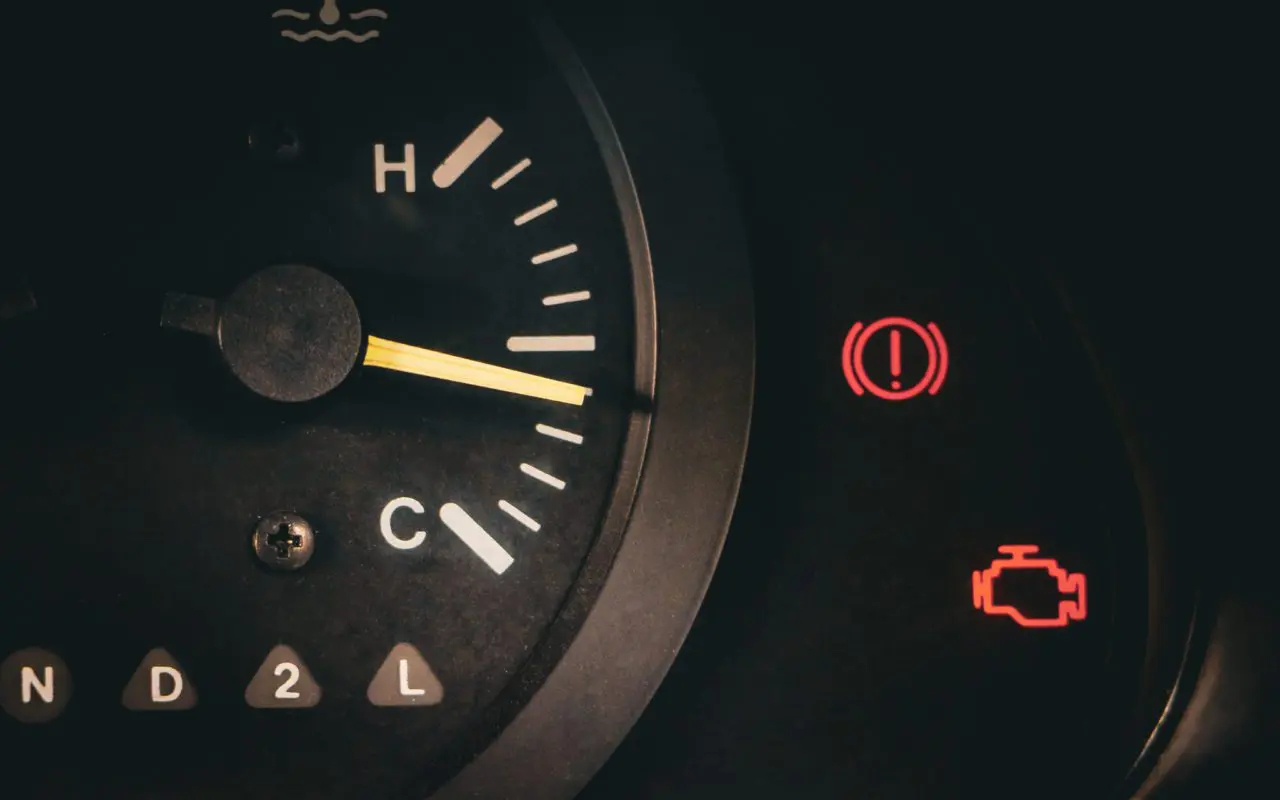
3. Insure Your Motor Oil Grade Is Correct
Contrary to popular belief, your car’s user manual has a motor oil section for a reason. Using the manufacturer’s recommended motor oil can improve gas mileage by 1% and 2%. While that’s a small $0.26 per liter ($0.07 per gallon) in savings, like with all these tips, it all adds up.
Top Tip: Watch for “Energy Conserving” options on the API performance symbol, as it’s more fuel-efficient motor oil.
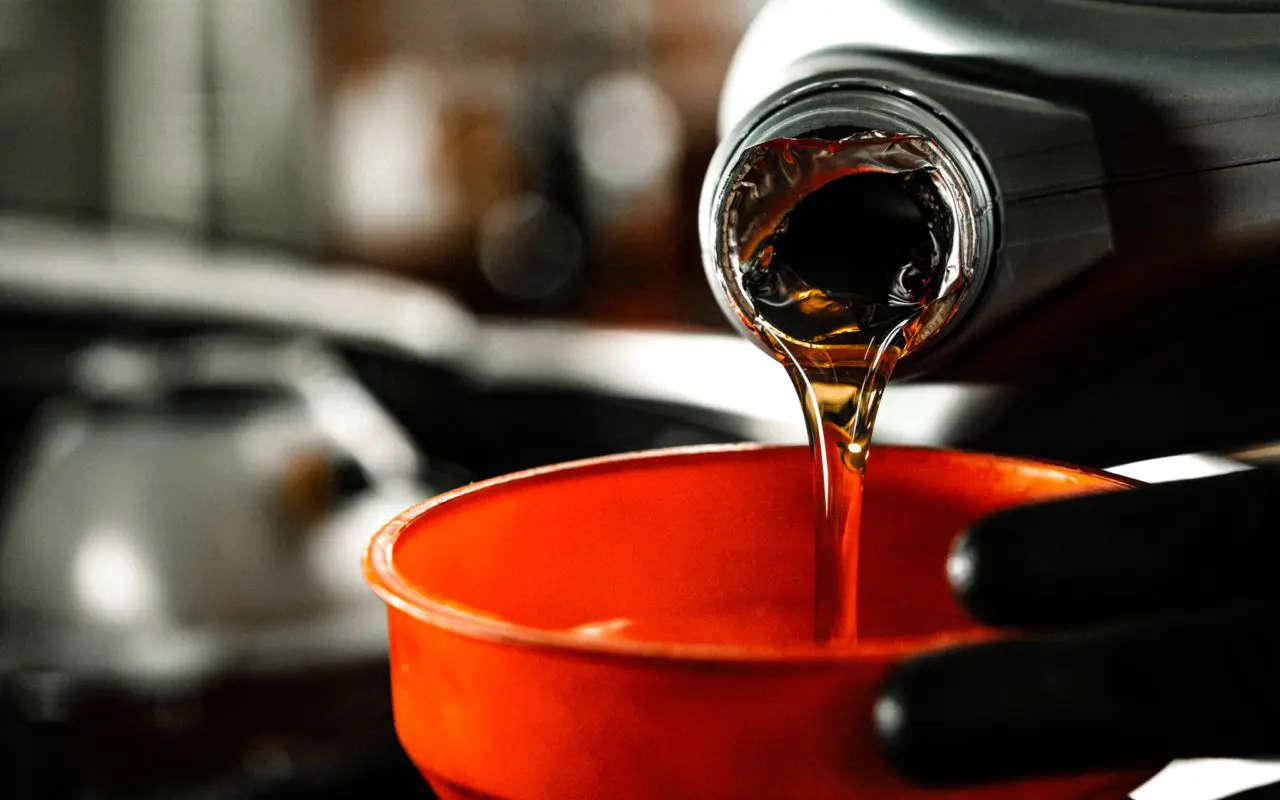
4. Don’t Overfill With Gas for a Trip
We know you’re tempted to keep filling the tank to the brim, but this can negatively impact you. If you keep tapping the nozzle after the automatic nozzle clicks off, the excess gas goes back into the pump or drains out of the tank.
This doesn’t even include the fact the gas in an overfilled tank wades around and can seep right out. This is easily one of the best tips for saving money on gas.
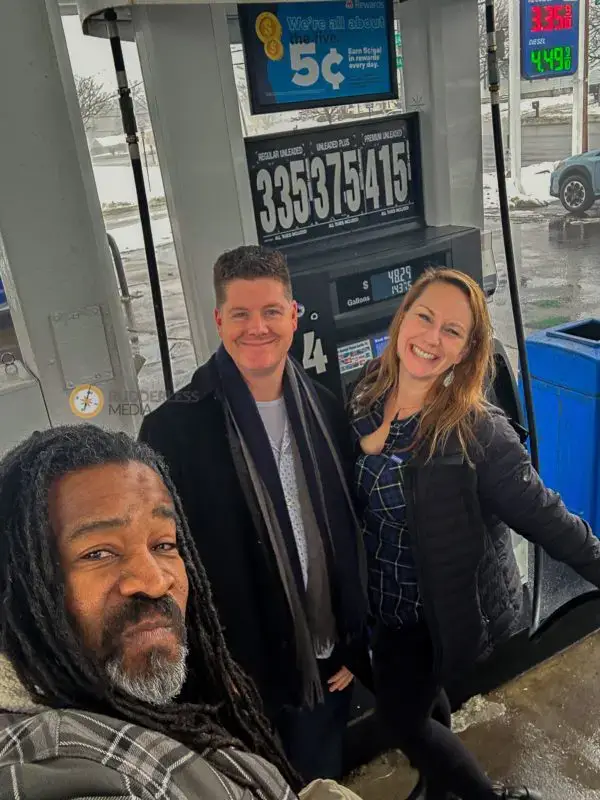
5. Use the A/C on Motorways and Open Windows at Slower Speeds
While keeping the A/C off and windows up is best, there are some days when that’s impossible.
To keep things short and sweet, Car and Driver determined that speeds below 75 mph show better fuel efficiency with the windows down than the A/C on. Anything above 75 mph, and the A/C is better due to the car’s aerodynamics.
6. Pack Light Wherever Possible
Car manufacturers are looking to reduce the weight of vehicles at every possible turn, as this can significantly impact the car’s fuel efficiency. So, it only makes sense that packing light and reducing the weight in your vehicle can have a similar effect.
Find out if your destination has washing machines and dryers, and then you can pack fewer clothes. The same can be said for any other unnecessary luggage, such as the kid’s toys or fifth “travel’” blanket to find its way into the car.

7. Slower Driving Can Help Save Money on Gas
Driving slower isn’t just for your safety but also helps your wallet. Cars generally perform best at speeds between 55 and 60 mph.
For example, driving at 62 mph instead of 75 mph can be 20% more fuel efficient, which is a huge difference. So, if you drive slower, you’re bound to save heavily on gas.
Drive Smarter
Maximize your fuel efficiency and decrease fuel consumption by adopting simple driving techniques. Aggressive driving behaviours like speeding, rapid acceleration, and hard braking significantly reduce fuel efficiency. Instead, drive smoothly and steadily, anticipate traffic patterns, and use cruise control on the highway to maintain a consistent speed.
8. Get a CAA Card and Save Money on a Road Trip
If you like exploring Ontario and North America, then a CAA Card is a must. There are several benefits to getting a CAA Card, including earning back 3 cents per liter when you fill up. You can save 10% on car washes and in-store purchases at Shell gas stations.
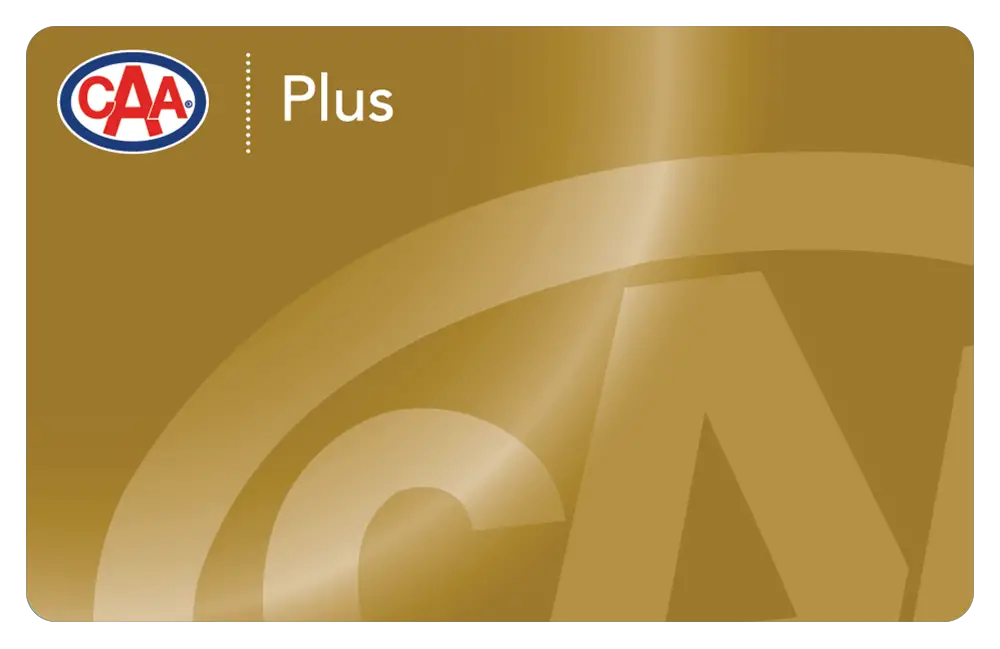
9. Use Cruise Control, But Turn it Off on Hills
The addition of cruise control to cars has been a revolutionary feat few can do without. However, there are times when this handy feature ends up costing you more.
As cruise control attempts to maintain the given speed, the car tends to break downhills and accelerate uphill. This isn’t entirely necessary if you shift out of cruise control and coast on the downhills, allowing gravity to speed you up. This also gives you the pace to make up the next hill.
10. Plan Gas Stops on a Road Trip
You may be tempted to pull over the closest gas station along the motorway, but planning your gas stops has benefits. Fuel prices vary from station to station, so looking at your route online and mapping out the cheapest stations can result in some good savings.
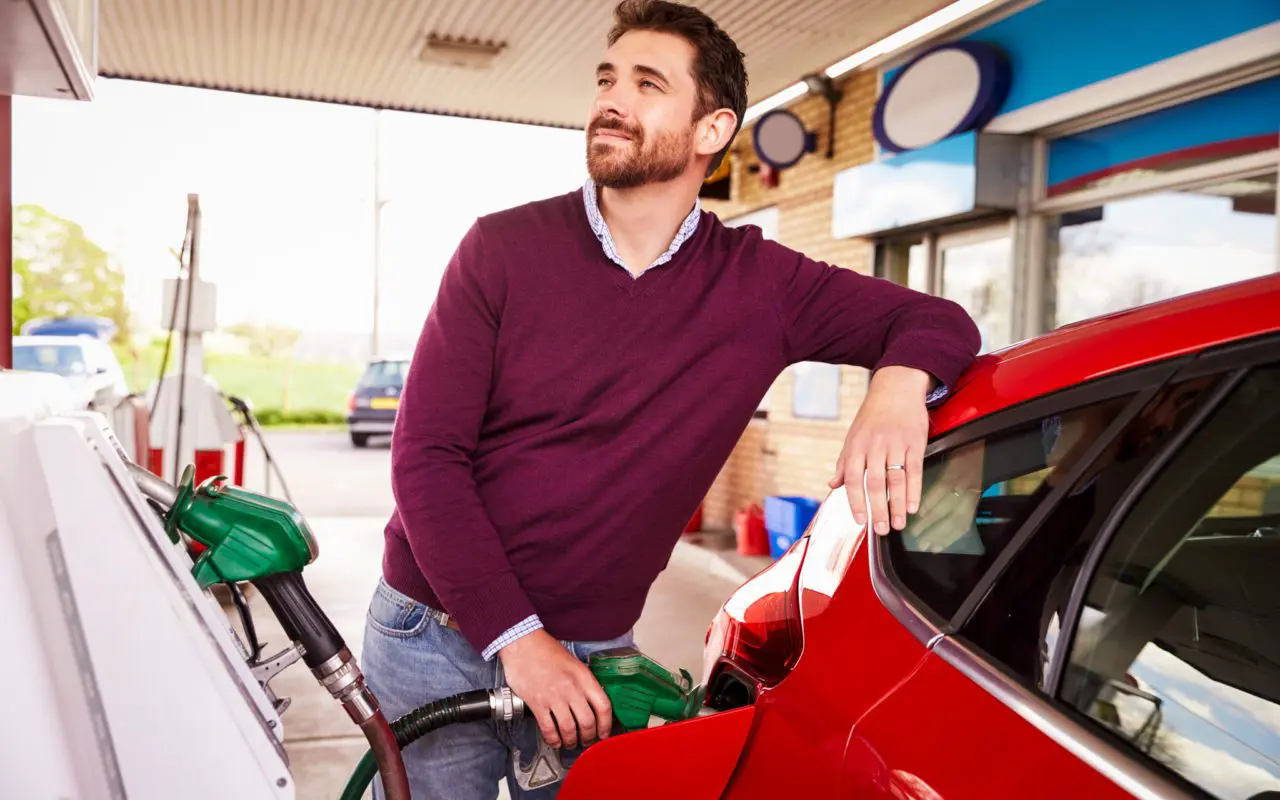
11. Maximize The Benefits of Rewards Programs
Numerous fuel stations provide rewards schemes enabling you to earn discounts or cashback on your fuel purchases. Take advantage of these programs by signing up and utilizing any exclusive promotions or discounts they offer. Additionally, certain credit cards offer rewards or cashback specifically for gas purchases. Therefore, it is worth considering using a card that maximizes the benefits for your fuel expenses.
12. Plan Your Route
Pre-planning your travel routes can assist in time and cost savings on gasoline. Utilize navigation applications or websites to locate the most economical paths that have minimal traffic congestion and limited stop-and-go traffic. Combine your errands into a single trip to decrease the overall mileage and avoid unnecessary diversions. Moreover, contemplate carpooling or utilizing public transportation whenever viable to cut down on fuel expenses additionally.
Final Thoughts on Ways to Save Money on a Road Trip
So, there you have it, a deep dive into how to cut the gas bill slowly but surely. We’d recommend trying to incorporate most, if not all, of these practices and seeing how they help you in the long run.
Next Read: If you’re looking for even more ways to save on gas, check out our review on using electric vehicles for road trips.


